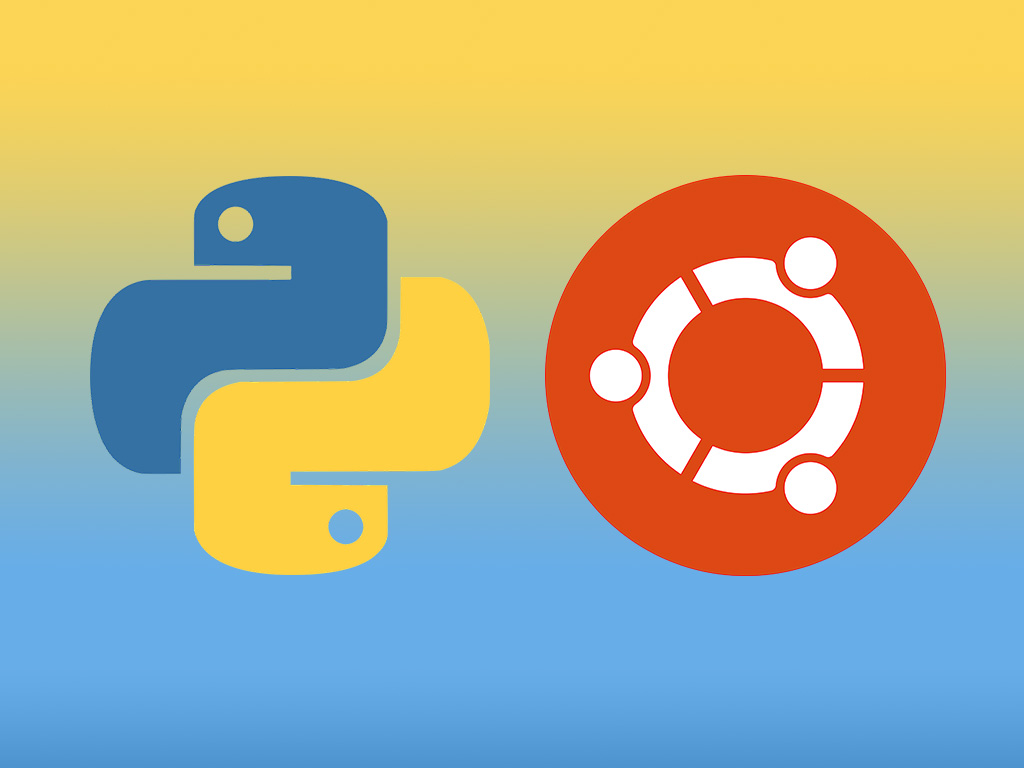While trying to figure out where and how I am going to install XULRunner apps on to a Linux system, I realized a little nugget of information which I did not know (or forgot). Where do file go when an application is installed under a Linux system?
After some searching around, I actually found that the majority of Linux distributions follow the Filesystem Hierarchy Standard (FHS). Here is a breakdown of the structure:
| Directory | Description |
|---|---|
| / | Root Directory of the entire file system |
| /bin/ | Command Binaries available to the user |
| /boot/ | Boot Loader files |
| /dev/ | Device Files |
| /etc/ | Host Specific configuration files |
| /home/ | User home directory |
| /lib/ | Essential libraries for binaries in /bin and /sbin |
| /media/ | Mount point for removable media |
| /mnt/ | Mount point for temporarily mounted file systems |
| /opt/ | Add-on Application software packages |
| /proc/ | Documents kernel and process status as text files |
| /root/ | Home directory for the root user |
| /sbin/ | System binaries |
| /srv/ | Data for services provided by the system |
| /tmp/ | Temporary storage |
| /usr/ | Contains the majority of user utilities and applications |
| /var/ | Variable Files, Logs, Spool files, and temporary e-mail files |
The standard is quite lengthy, with many critical and optional subdirectories, so I suggest you figure out what directory you are curious about, by narrowing it down by the above table, or checking out Filesystem Hierarchy Standard on Wikipedia, and then dive into the standard, here.
My install destination: /usr/share/
Update!
According to XULRunner documentation, XR apps are installed to /usr/lib/vendor/applicationName. Which means that the app would be considered a library in reference to a binary in the /usr/bin/.




